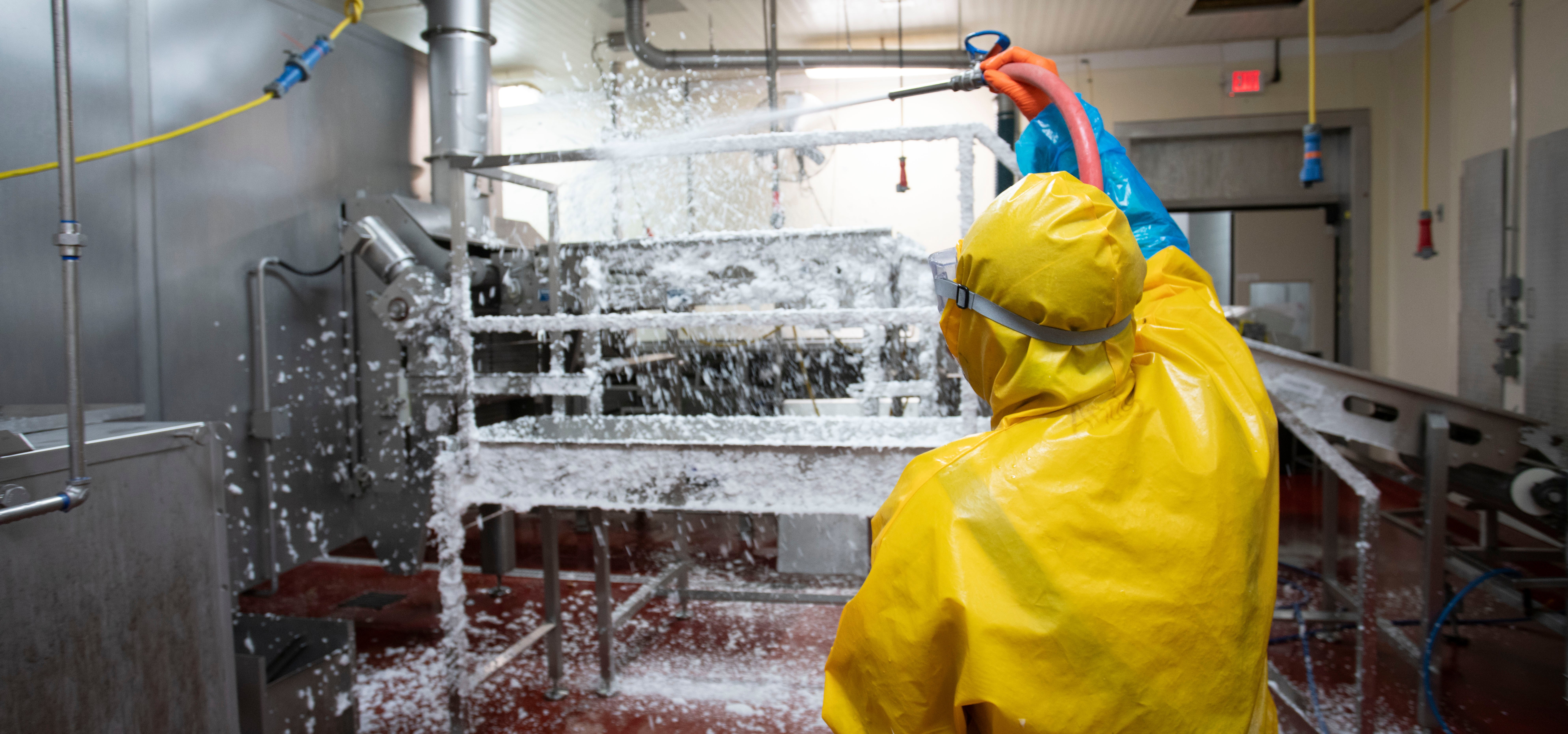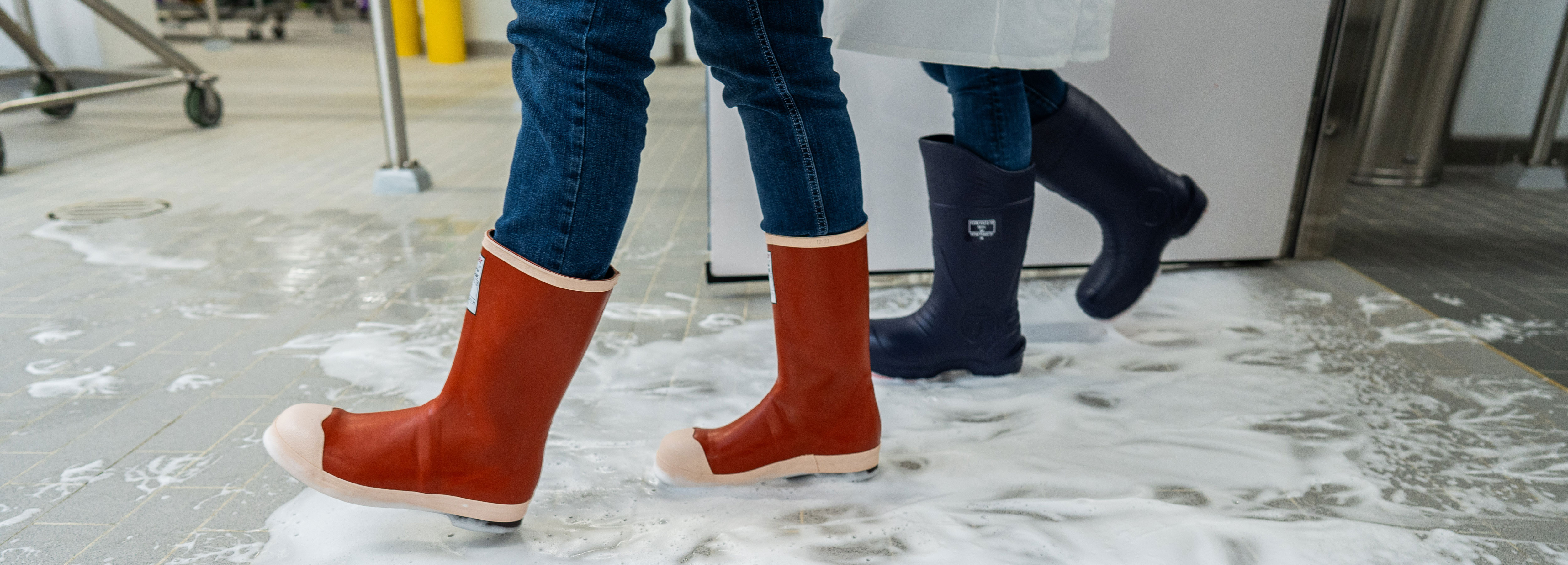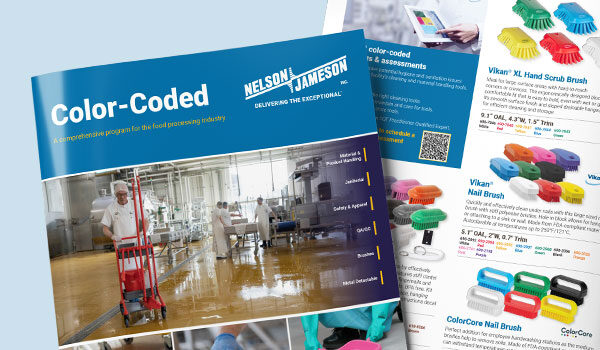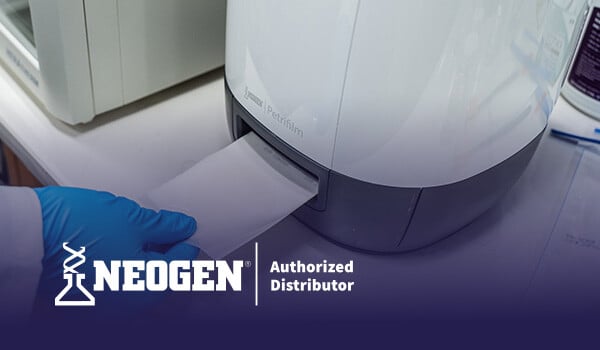When I joined the lab team in May I was familiar with lab equipment and testing but I wasn’t familiar with luminometers and ATP. I had heard of ATP in my biochemistry class back in college and how the body uses ATP but I wondered: how does that relate to plant sanitation and luminometers? To better understand the relation, it is easier if we break down the two components, ATP and luminometers and then bring it together.
Adenosine triphosphate better known as ATP can be found in all types of organic matter: plant, animals, and microbial cells. ATP is the energy source in all living cells. Since there is ATP in bacteria, and yeast and mold, it is key to monitor cleaning processes, but it can’t be the only monitoring of a clean surface. With plant material, like sugars, and starches, also having ATP, ATP testing can only verify the sanitation operating procedures. So, for example, consider walking into a hotel room and everything looks clean. However, we’ve all seen those stomach turning news reports about the true cleanliness of hotel bathrooms and we can’t forget the dreadful black light test on beds and floors. What looks clean is not always clean. So here comes in the luminometer to verify our cleanliness.
An ATP luminometer(in conjunction with ATP swabs) is a fast and easy way to help food processors assess and validate the hygienic status of food contact surfaces. Luminometers provide an objective, recordable verification of a sanitation efficacy in a food/beverage operations. Interestingly enough, “The science behind the luminometer is based on the enzyme luciferase-the same enzyme that makes firefly tails glow. Residual ATP interacts with luciferase to generate light.” There are several brands of luminometers on the market, with varying protocol, but the steps for testing are relatively the same. A small surface is selected for sampling, typically a 4in x 4in or 10cm x 10cm area. While maintaining a constant pressure during swabbing, apply zigzag strokes over the selected surface, as you see here:
Once the selected surface is swabbed, the swab is put back into the swab tube where it is “exposed to an ATP-releasing agent (lysis buffer) and an ATP-activated light-producing substrate and enzyme (luciferin and luciferase)” . The swab is then put into the luminometer chamber where it reads the enzymatic reaction that occurs between ATP and the luciferin/luciferase, measuring RLUs or relative light units. The higher the RLUs the more ATP present on the swabbed surface. The specification limits must be set by each plant to determine what is pass, warning and fail.
Now that we know what ATP is and what a luminometer is and how they work together we can figure out what a luminometer can and cannot do in regards to plant sanitation. Since ATP is in all living cells (including bacteria, yeast, mold, carbohydrates, protein, and others), a luminometer can only validate that the sanitation process has been thoroughly completed. A luminometer cannot and does not test for microbes. When used on the production line, luminometer results can determine if the production line will need to be re-cleaned or if production can resume or start up again. In essence, it is an indicator that your cleaning processes are meeting sanitary standards, to help you produce a safe product. There are many aspects in selecting the best way to validate your sanitation process. If an ATP system is used, it can’t be the only system in place and does not constitute an environmental sample program within itself. Consult regulatory bodies and professional associations to find out what necessary precautions needs to be put in place to prevent cross-contamination and food-borne pathogens. That being said, a quality ATP system can be a quick and easy preventative control to have in your food safety and QA/QC programs.

December 1, 2025
Nelson-Jameson understands that efficiency and worker safety are equally important goals in food manufac...

November 26, 2025
For food manufacturers, a lapse in either worker safety or food safety can initiate a domino effect. It ...

November 26, 2025
Ensuring worker safety and maximizing operational efficiency are not mutually exclusive goals in a food ...

Recognize and address possible hygiene and sanitation challenges based on the cleaning and material handling equipment available in your facility.
Through a discovery call, virtual, or on-site assessment, Vikan SQF Practitioner certified specialists will assist in confirming that your system and cleaning tool inventory aligns with your risk management objectives while pinpointing any missing tools and enhancing maintenance and usage practices. Evaluate whether your existing tools are utilized in the most effective manner, or determine if a more suitable tool exists for the task at hand. Ensure that your tools comply with all relevant standards and regulatory requirements. Site evaluations encompass a summary survey, an overview of the location, a color-coded factory layout plan, product suggestions, a recommended order form, and a proposal for a follow-up survey.
Food Safety, Sanitation, Cleaning Tools, Color Coding

This is a comprehensive program for the food processing industry. Nelson-Jameson brings together the most extensive collection of color-coded products for material handling, product handling, janitorial, safety, apparel, QA/QC, and metal-detectable applications. With the right pieces, a color-coding system is a powerful tool in preventing cross-contamination of allergens and food-borne illnesses that can lead to sickness or expensive product recalls.

Food Safety, Sanitation, Cleaning Tools, Color Coding

Food Safety

Get Petrifilm Certified through our complimentary immersive workshop for managers, personnel, and teams. The workshop offers practical knowledge through hands-on training and networking with industry professionals and experts. Attendees gain an in-depth understanding of Petrifilm technology and valuable insights into effective environmental monitoring practices. Participants leave with a certification and a wealth of resources that can significantly contribute to elevating their plant's quality control standards.
Food Safety, Sanitation, Laboratory